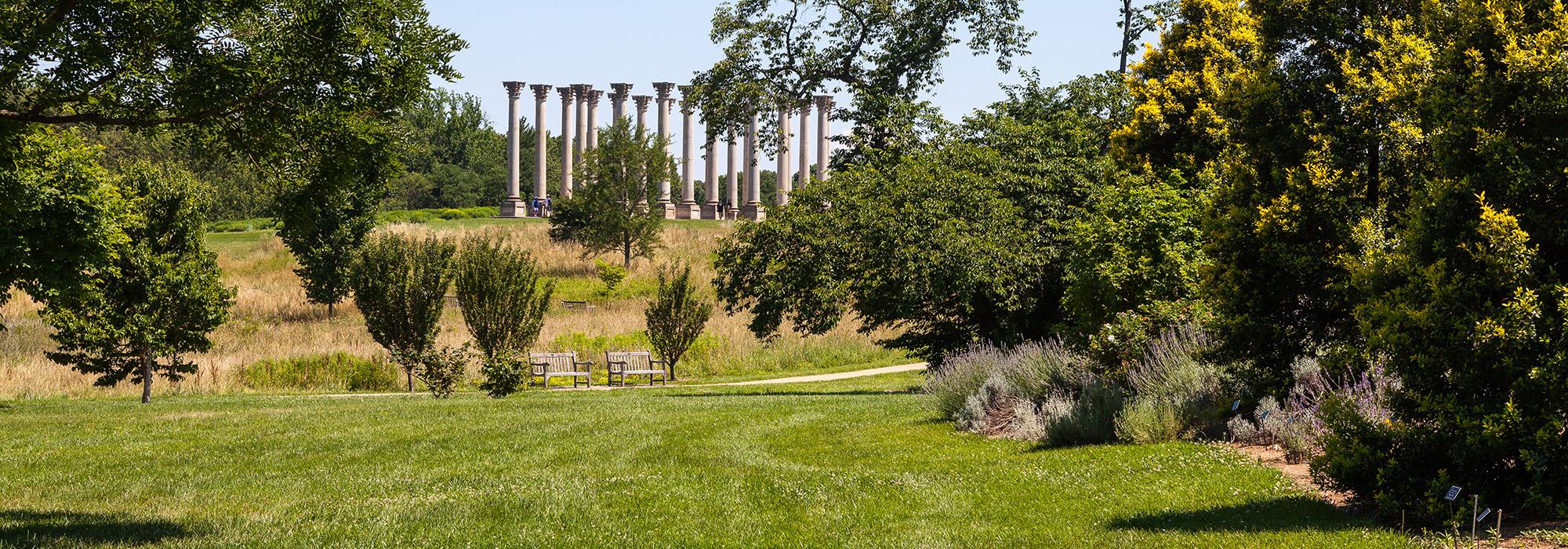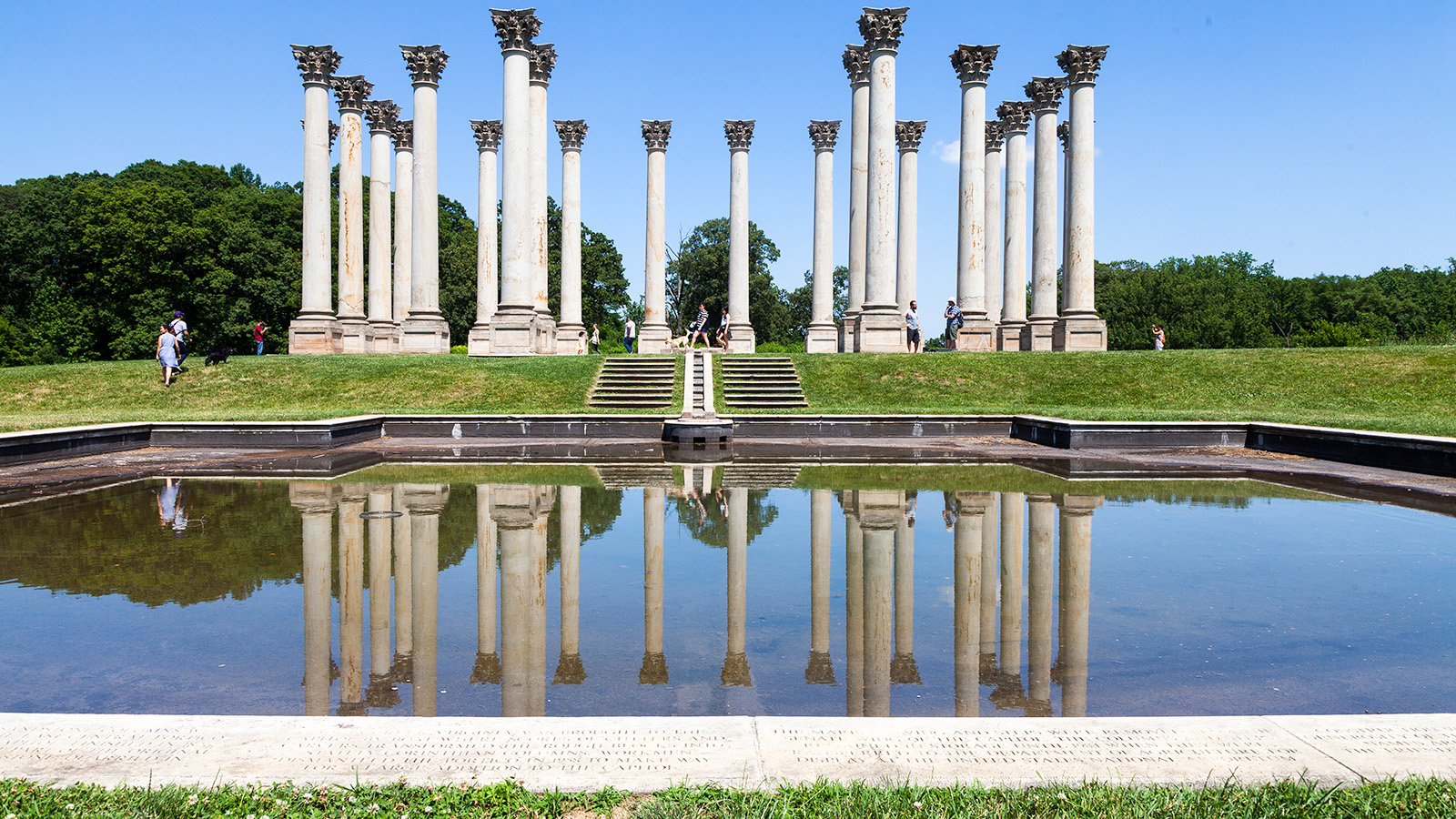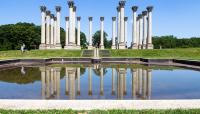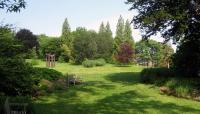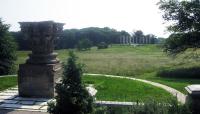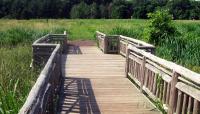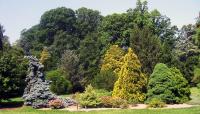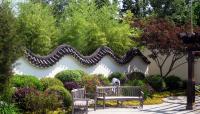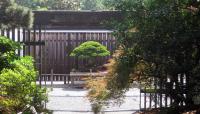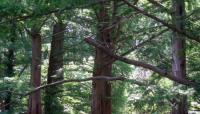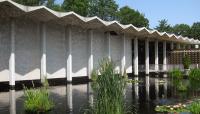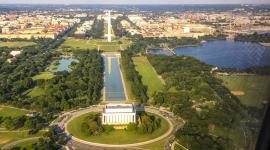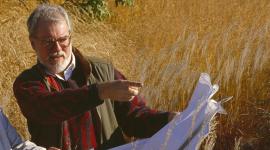Landscape Information
Developed as part of a larger plan to create parkland along the Anacostia River, the hilly, 189-acre site was established as a federally funded research facility and arboretum by an act of Congress in 1927. Frederick Law Olmsted, Jr. was involved in the initial plans and the arboretum’s early site work was completed by the Civilian Conservation Corps in the 1930s. The Public Buildings Administration established building locations, the layout for trails, and nine miles of roads in 1948. The arboretum opened in 1959.
Now 446 acres, the arboretum’s development has followed the original 1948 plan, a 1978 master plan by Sasaki Associates, and several strategic plans. The main building is a Modernist administration-laboratory designed by Albert G. Mumma, Jr., of Deigert and Yerkes, with thematic gardens showcasing some of the significant plant introductions developed by Arboretum scientists.
Major exhibits include distinct collections of azaleas, dogwoods, perennials, herbs, hollies, and magnolias; the Fern Valley Native Plant Collection; the Flowering Tree Collection and Walk; and the Gotelli Dwarf and Slow Growing Conifer Garden. The Asian Collection, originally funded by The Garden Club of America, was designed by Perry Wheeler in 1963, with the later addition of the Japanese Stroll Garden and Bonsai Pavilion designed by Masao Kinoshita of Sasaki Associates. The Friendship Garden, created by Oehme van Sweden; the National Capitol Columns, sited by Russell Page and installed by EDAW; and the National Grove of State Trees are also significant features. The National Arboretum was listed in the National Register of Historic Places in 1978.



